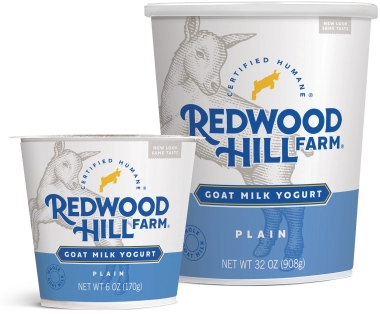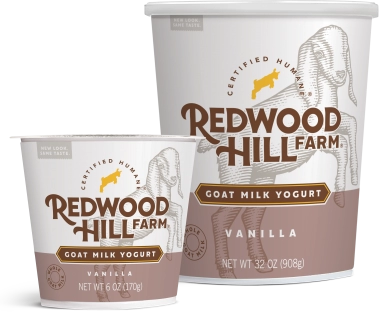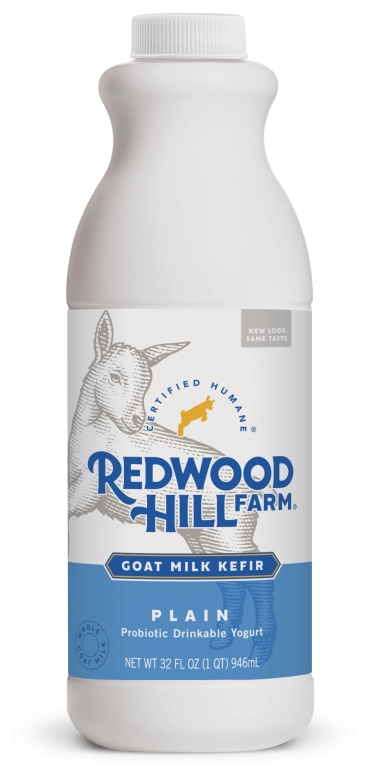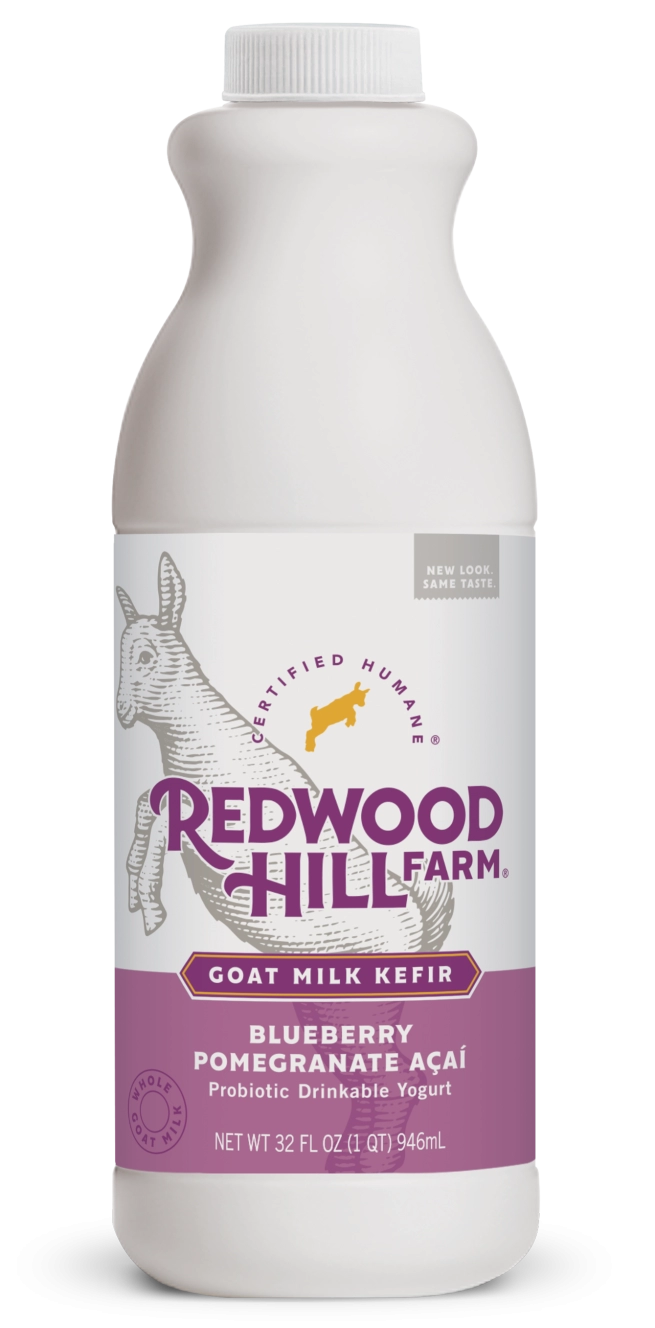Your intestines are home to billions of friendly bacteria (and some yeasts) belonging to hundreds of different species that perform a host of useful functions. Some manufacture nutrients that we are unable to synthesize ourselves, thereby helping us meet our vitamin needs when dietary intake falls short. For example, gut bacteria are commonly known to synthesize Vitamin K – nutrient essential for bone building and blood clotting. They also synthesize certain B vitamins, including biotin, which plays a role in storing and freeing energy, depending on whether we’re fed or fasted.
Bacteria in our guts also digest some of the more fermentable fibers in our diets, and certain species of them release mildly acidic byproducts that help us absorb calcium and iron. The change in pH levels from these acidic byproducts is also believed to be protective against colon cancer.
Bacteria in our guts play a significant role in immune function, helping to protect us against disease and infection. For example, some bacteria stimulate the growth and proper development of new cells in our intestines, helping to keep the barrier between outside our bodies and inside our bodies intact. Others stimulate the intestines’ immune tissues to produce antibodies against harmful invaders.
Still others spread out to prevent harmful yeasts or food-borne bacteria – like salmonella, E. coli, campylobacter and shigella – from being able to gain a foothold, multiply and cause infection. Emerging research is even investigating a possible role of diverse ecosystem of bacteria in preventing food allergies and obesity.
As you can see, a diverse, thriving community of these critters in your gut is a very important thing for good health! The community of micro-organisms that live in your intestines is collectively known as your “gut microbiome.” Probiotics are the strains of bacteria (and yeasts) one can eat, which are believed to have a benefit to human health.
So how does one help cultivate a diverse and well-populated gut microbiome? There are many ways:
-
Be a good host: Feed the probiotics a high fiber diet to keep them healthy and thriving; while humans can’t digest fiber, the microorganisms in our guts certainly can! They especially love beans and lentils; vegetables from the cabbage family like cauliflower, broccoli and Brussels sprouts; inulin-rich veggies like leeks, garlic, artichokes and jicama; and nuts like pistachios and cashews.
-
Do no harm: Limit your exposure to unnecessary antibiotic drugs and antimicrobial cosmetic ingredients, which kill the resident species of bacteria on our hands, in our mouths and in our guts. Use antibiotic medications only when they are truly medically necessary. Choose organically-raised meat – particularly beef – to limit your exposure to the antibiotics used in raising livestock. Look for and avoid hidden anti-microbial ingredients in toothpastes and hand sanitizers, such as triclosan.
-
Invite others over: Eat foods that contain a variety of live, active and active probiotic cultures on a regular basis… and do so especially after taking a course of antibiotic drugs. In addition to yogurt, other probiotic-rich foods include sauerkraut, kimchi and miso. There are also fermented beverages like kefir, kombucha and kvass.
Since so many of us have a hard time eating enough fiber in our diets, eating probiotic-rich foods is an important strategy for overall health. Cultured dairy products—such as yogurts and kefirs—are among the tastiest, most convenient and time-tested vehicles for delivering a daily dose of probiotics. Green Valley Creamery Lactose Free yogurts and kefirs are made with a blend of more than 10 different live & active probiotic strains. Each strain was selected for its unique and complementary role for flavor development and properties in fermentation.
Together, they’re responsible for the terrific, signature “tang” of the products they’ve cultured, their smooth and creamy textures, and the health benefits they deliver!
Further reading:
Discover the Digestive Benefits of Fermented Foods – Tufts University Health & Nutrition Letter, February 2014
How Gut Bacteria Help Make Us Fat and Thin – Scientific American, June 2014
About Tamara Duker Freuman, MS, RD, CDN
Tamara is a registered dietitian whose NYC-based clinical practice specializes in digestive disorders and food intolerances. She writes about healthy eating and digestive health at US News’ eat +run blog and on her personal blog devoted to gluten-free, plant based living. More about her medical nutrition therapy practice can be found at www.eastrivergastro.com.



